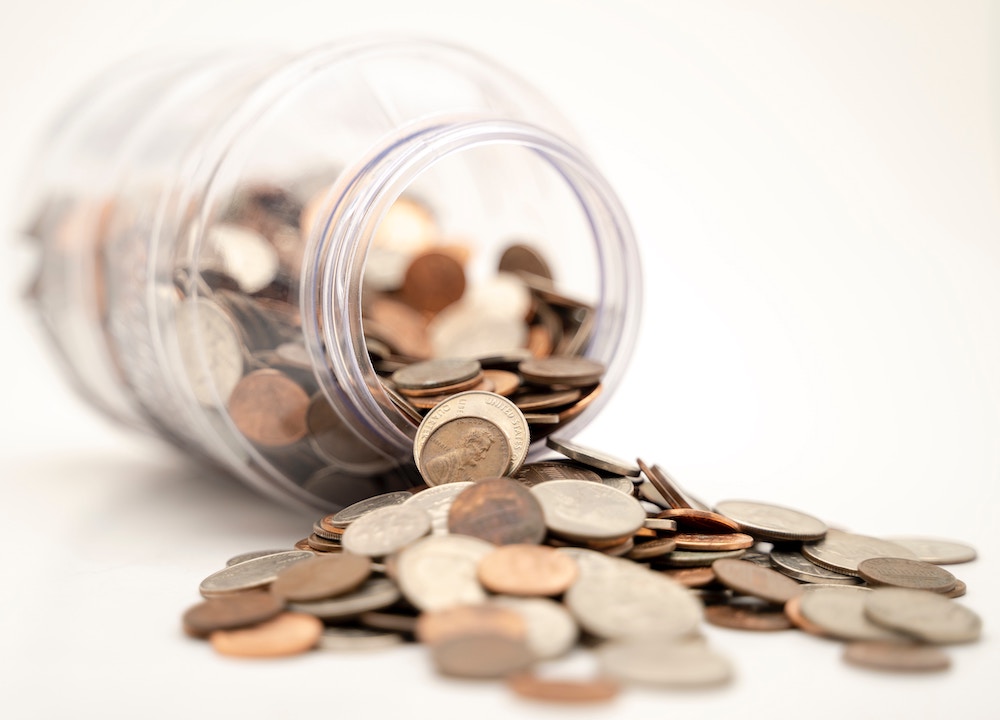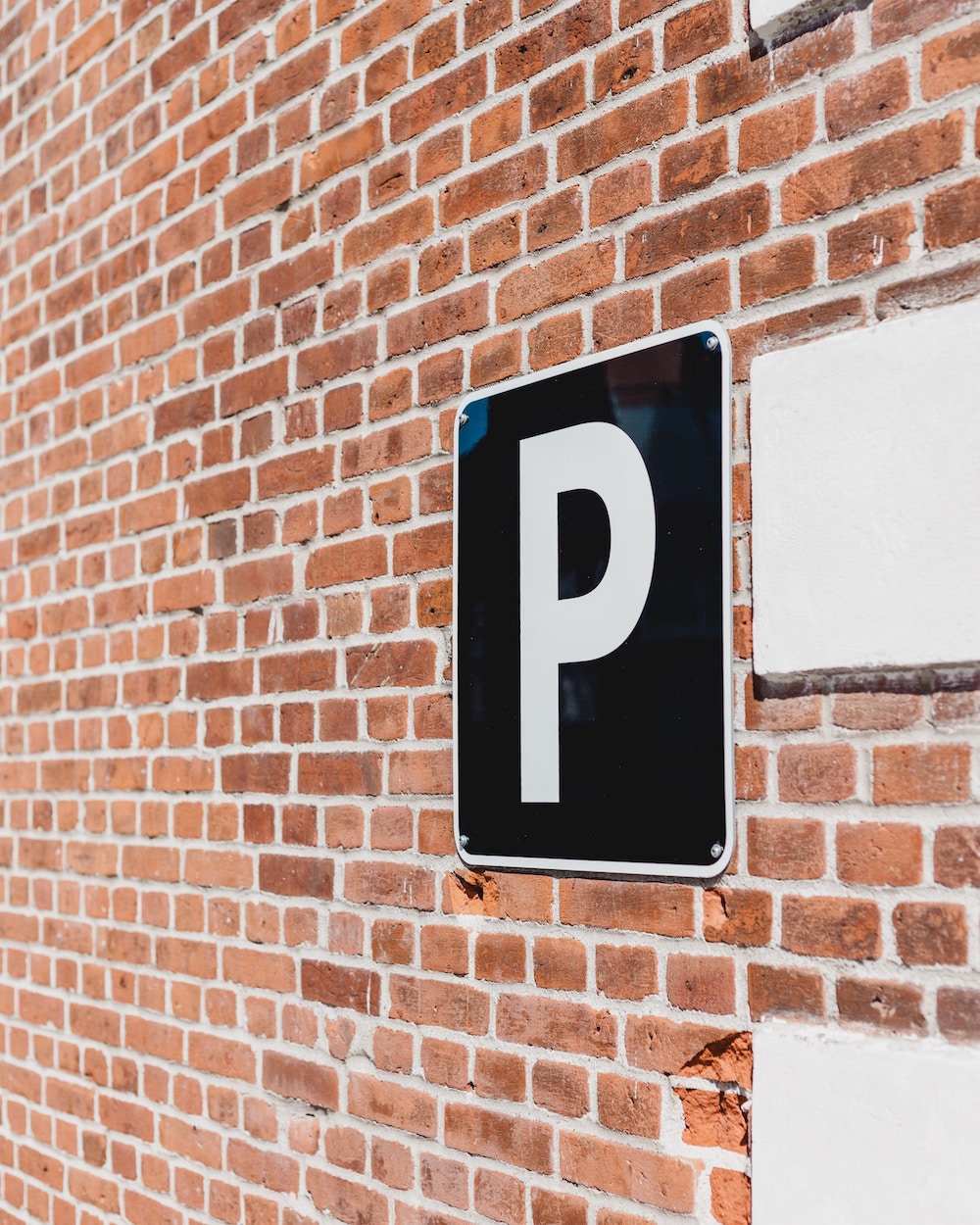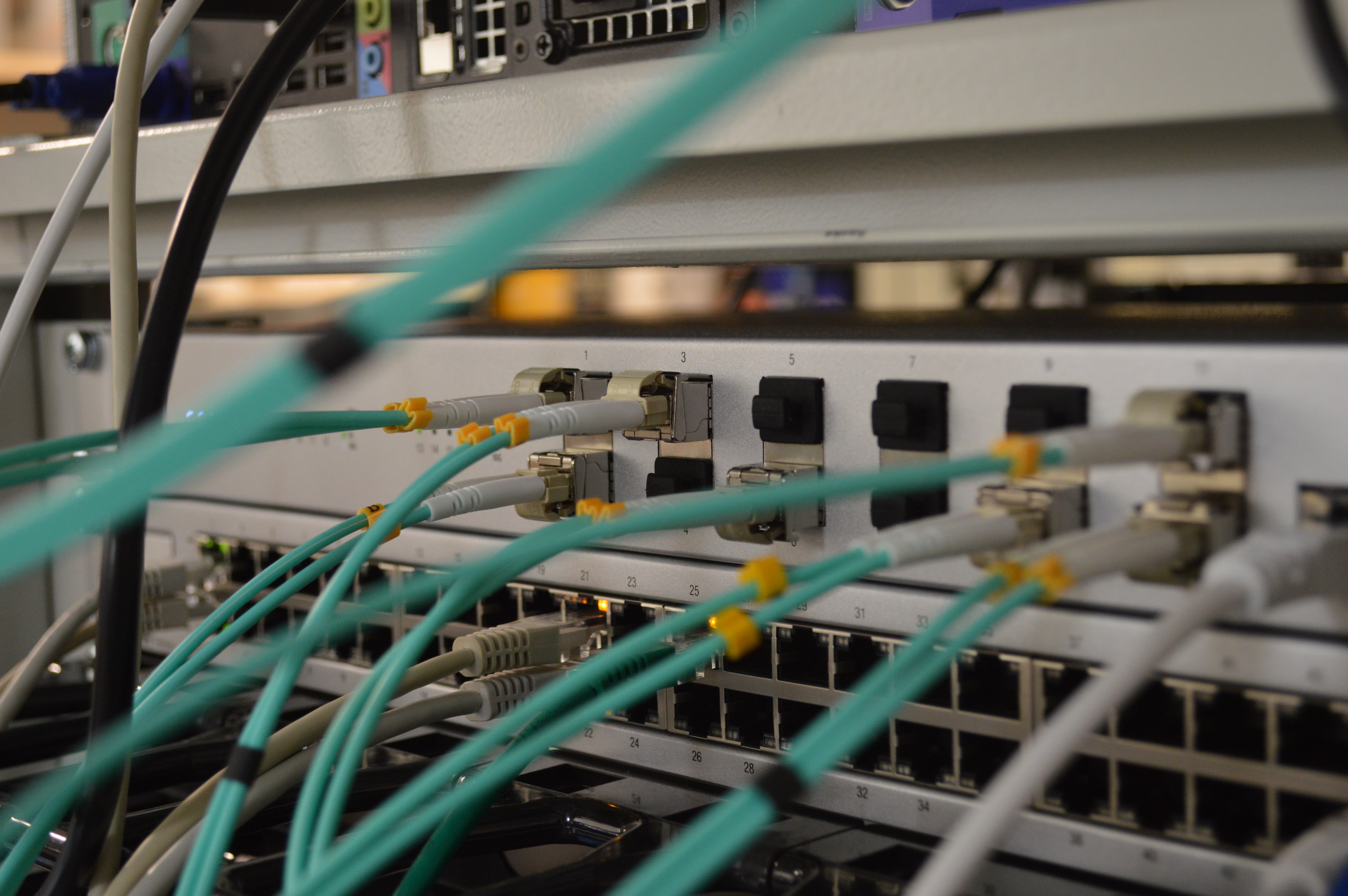Putty – what is it, what are its types and what is its use?
Putty – what is it, what are its types and what is its use? One of the stages of renovation or construction works in a new and refreshed apartment or house is the finishing of walls and ceilings. A necessary construction material that allows this operation to be performed is finishing coat. It is used both for works carried out on the surface of internal and external walls. An important point is therefore the selection of the right type for a specific situation. It is therefore worth knowing what are the types of plaster that will work best at a given stage of work and how to apply it yourself.
What is plaster of paris?
The putty is a construction component that allows you to work on finishing walls and ceilings. Its basic component is a gypsum binding element. It successfully replaced the previously used cement-lime plasters, the structure and final effect of which left much to be desired. Among the many types, you can now easily choose the type of plaster that will give you the desired effect and work best in a given situation. The putty will allow us to relatively easily finish or repair a damaged wall. Thanks to its properties, a thin layer of it even out imperfections. After drying, it becomes quite brittle, which facilitates grinding and obtaining a perfect structure. Currently, dust-free coatings are also available on the market. Finally, we obtain a surface with an impeccable structure.This significantly influences the subsequent stages of renovation and construction works in the form of painting walls.
- https://www.ojp.edu.pl/jak-powstaly-zloza-zlota/
- https://hjo.com.pl/tanie-noclegi-nad-morzem/
- https://www.roentgena.pl/plytki-ceramiczne/
Types of finishing coat
There are several types of plaster, and depending on your needs, it is worth considering which one will work best in a given situation and meet all the requirements. We distinguish four types depending on the composition of the mixture. The choice of a specific type should depend on the conditions in which it is to be used. The first type is gypsum plaster, in which the binding material is natural or synthetic gypsum. Preparation for use requires the addition of an appropriate amount of water recommended by the manufacturer. This type is distinguished by high smoothness and the possibility of applying many thin layers, which gives the effect of a flawless surface. This type of finish is not recommended for use on surfaces that may be subject to corrosion, i.e. various types of metals. Another type is lime putty, which is characterized by high air permeability.
The layer thickness should not exceed 5 mm. Gypsum plaster does not promote corrosion, allows the walls to breathe and is very easy to apply. The third category is polymer plaster, which is very resistant to both heat and moisture. In addition, it is very flexible and does not crumble. On the market we will get both loose mixes for self-creation and ready-made products with a dust-free consistency. The last of the discussed types is the cement screed. It is one of the most resistant to external factors types of plaster. It can be successfully used not only in interiors, but also for exterior finishes. We can also buy mixtures enriched with hydrophobic ingredients that will protect the walls against the ingress of moisture.
The use of putty
The type of finish coat used in a given room should depend on the intended use of the space and the type of substrate on which it is to be applied. The putty will work well in residential interiors, kitchens and bathrooms, as well as on facades. The key is to choose the right kind or mix of different types. In rooms, gypsum finish coats or polymer-gypsum mixtures will be the best solution, which will allow to obtain a smooth surface preparing the wall or ceiling for painting. In the kitchen and bathroom, where there is high humidity, it is better to use lime plaster, which will be the substrate, e.g. for latex paints. On the other hand, if the area of the kitchen or bathroom is to be covered with tiles, it is better to choose a polymer finish that can withstand the load.In the case of the facade, it is worth using lime or cement coatings, which will harmonize well with changing weather conditions, and thanks to air permeability, they protect the walls against the development of fungi and mold.
Applying the putty
In addition to the preparation and protection of the room itself and the floors, in the first stage we have to prepare the substrate by getting rid of old paint, degreasing and dedusting the wall and filling the losses with putty. When this stage is over, we can proceed to priming the wall with a preparation that improves adhesion. In the next step, we prepare the plaster and apply it to the selected area, remembering about the maximum thickness and the possibility of using several layers. The work will certainly be facilitated by well-chosen tools, preferably made of stainless steel, as some coats (e.g. gypsum) can cause corrosion. In the last stage, the putty is sanded in such a way as to get rid of any defects in the form of unevenness.
















